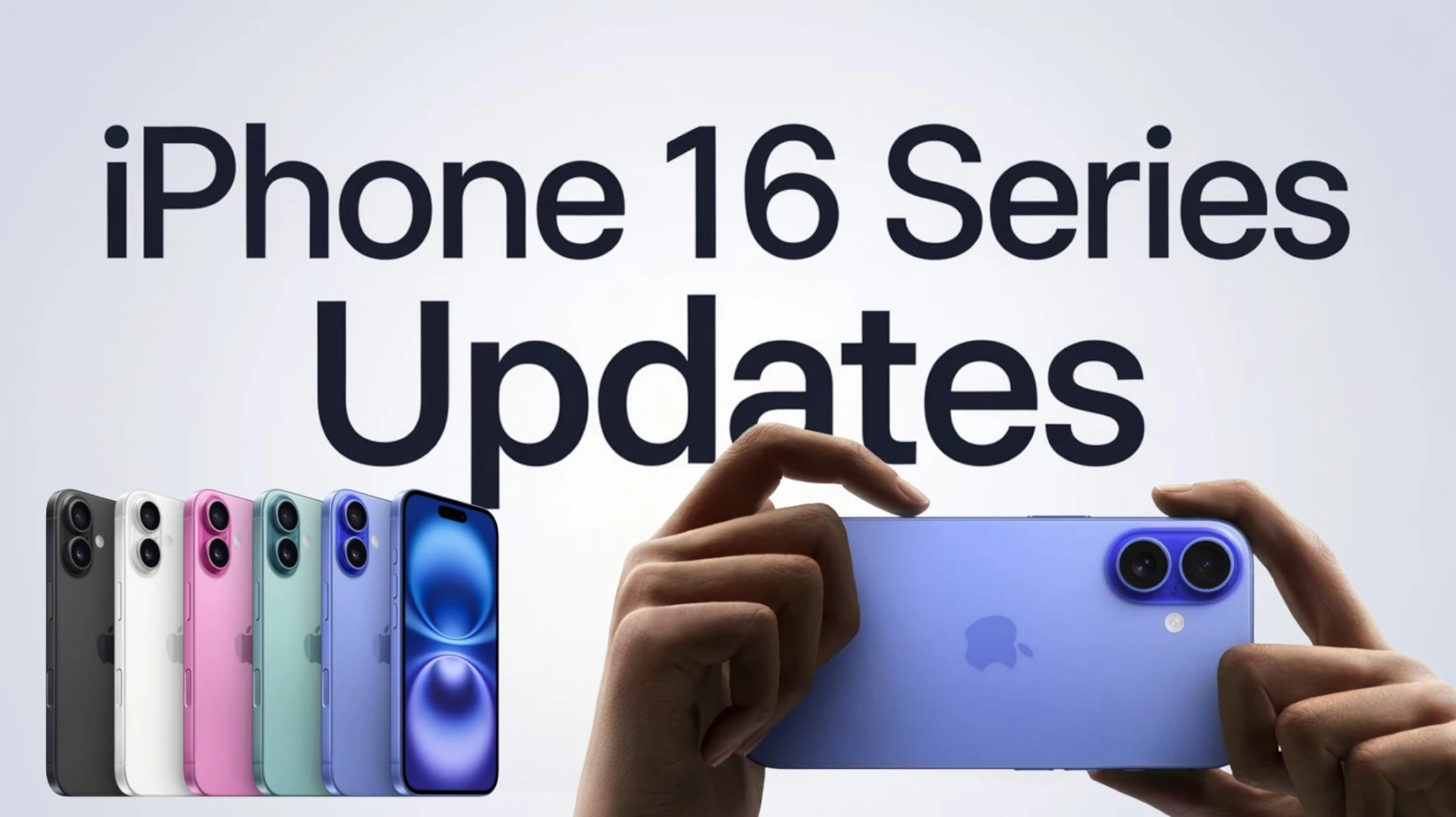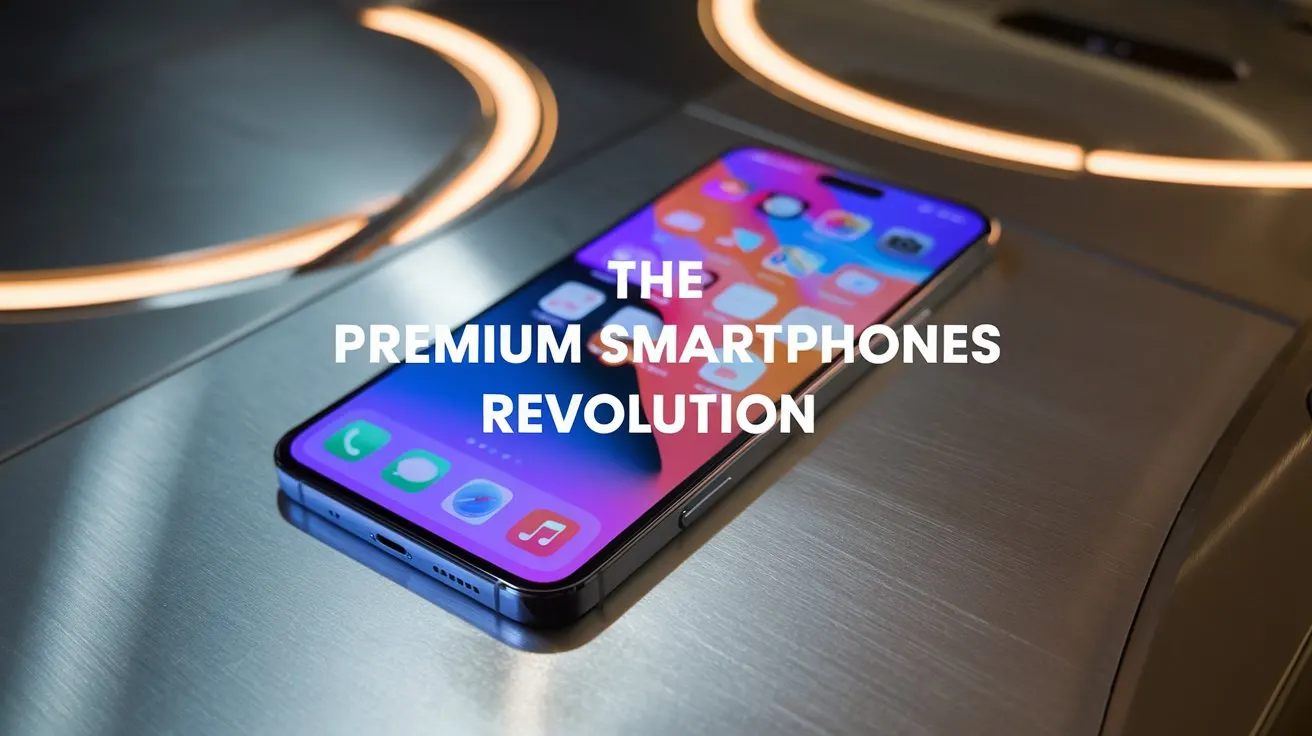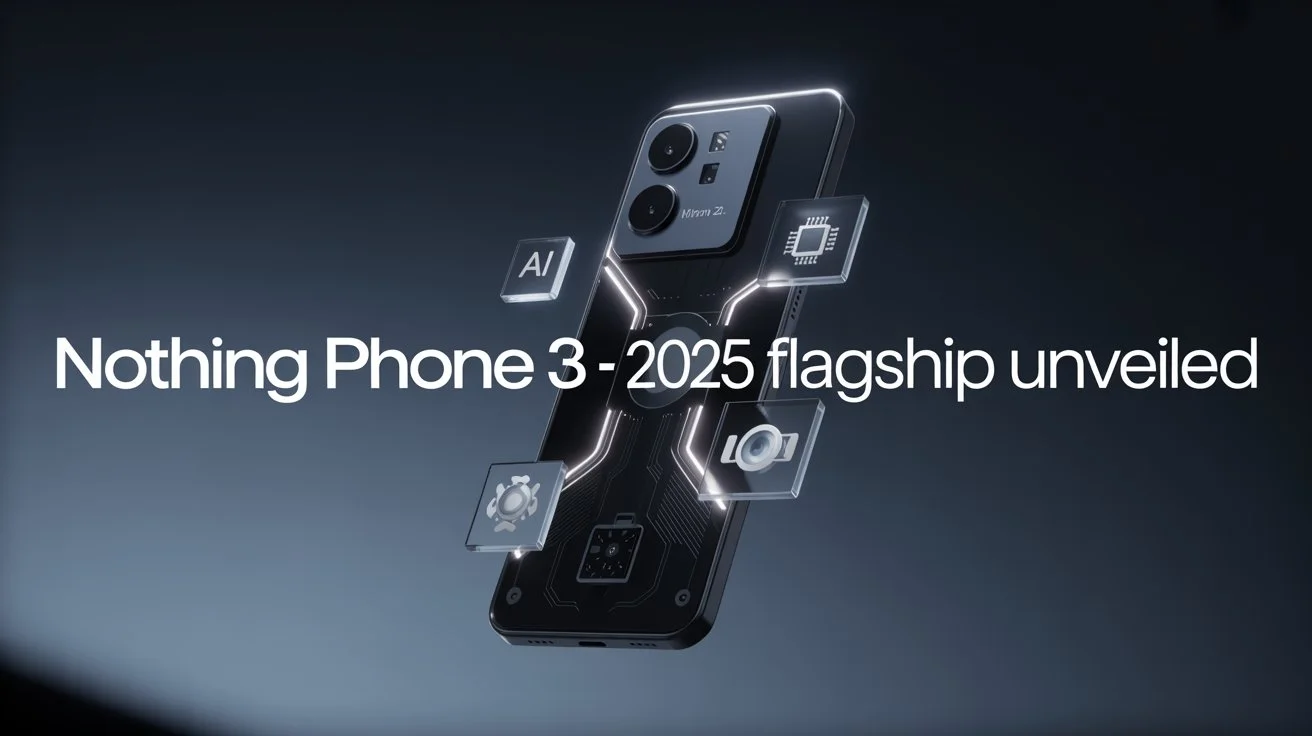Introduction – The Hidden Cost of Digital Convenience
Have you ever wondered why your parents could manage a family on less money, while you’re struggling to make it through the month with an ₹80,000 salary? The reason might be sitting in your pocket right now—your smartphone. More specifically, the apps inside it that promise convenience but deliver financial chaos.
From UPI’s effortless payments to instant 10-minute deliveries from Blinkit or Zepto, digital convenience has morphed into a financial trap. This article uncovers how UPI and smartphones are making you poor—and what you can do to protect your money.
Table of Contents
The Evolution of UPI and Smartphones in India
UPI: Simplicity Turned Slippery Slope
Unified Payments Interface (UPI) has changed the way Indians pay. From groceries to tuition, a simple scan or tap is all it takes. But this ease has removed the “pain of payment”—the psychological hesitation that cash once triggered.
In a recent survey of 276 people, 74% admitted that their expenses increased after switching to UPI.
Smartphones: More Than Just a Device
Smartphones aren’t just phones anymore—they’re portable shops, banks, and entertainment hubs. With apps for every need, it’s easier than ever to spend impulsively and lose track of finances.
UPI Spending Habits – The Invisible Leak
Overspending Due to UPI Is Real
UPI has become so seamless that spending feels frictionless. Without the resistance of swiping a card or counting cash, every purchase becomes an unconscious decision.
“Eight out of ten people” in metro cities like Mumbai and Chennai acknowledged they overspend due to UPI.
No Emotional Pain, No Budget Discipline
Paying cash physically feels like parting with money. You see the ₹1,200 leaving your hand. But digital payments? One tap and it’s gone—no guilt, no second thought.
The Smartphone Money Trap Is Deeper Than You Think
EMI Trap in Smartphones
Zero-down payment offers and 24-month EMIs make expensive phones feel affordable. But these schemes often come with hidden interest. You’re not buying a phone—you’re renting a lifestyle.
Buy Now Pay Later: A Dangerous Illusion
BNPL options give instant gratification but delay consequences. Since there’s no need for documents or bank visits, it’s easy to take loans without realizing it. Quick Commerce Trap – How Blinkit & Zepto Are Emptying Your Wallet
10-Minute Delivery = 10x Spending
Quick commerce apps like Blinkit, Zepto, and Instamart are booming. The industry hit ₹25,000 crores in 2024 and is projected to grow to ₹35 billion by 2030. Why? Because they’ve changed your shopping behavior.
Average order value is ₹500–₹600—mostly from small, unplanned buys like ice cream or chips.
Dark Patterns and Psychological Tricks
These apps use:
- “Only 2 left in stock” messages to create urgency
- Free delivery offers when you add unnecessary items
- Hidden charges like handling fees tucked away in menus
Even the app layout, buttons, and color schemes are optimized to encourage overspending.
How Tech Targets Gen Z and Millennials
A Generation Addicted to Speed
Gen Z and millennials make up 70% of users for these apps. Growing up with reels and instant gratification, they’re more susceptible to emotional and impulsive spending.
This generation “wants things fast”—and these apps know it.
The Dark Side of App Notifications and Tracking
Every Click Is Tracked
Apps know:
- What time you order
- Which items you view
- How long you browse
This data creates hyper-personalized suggestions that manipulate you into buying what you didn’t even know you wanted.
Behind the Scenes: The Real Cost of 10-Minute Deliveries
Unsafe Working Conditions
Dark stores—small, hidden warehouses—lack health inspections. Reports from Mumbai and Hyderabad reveal unhygienic conditions and expired products.
Delivery Boys Pay the Price
Fast delivery pressures lead to reckless driving. If a delivery is late or badly rated, the delivery boy’s earnings are docked.
Your convenience may come at the cost of someone’s safety and dignity.
Practical Solutions: How to Control UPI Spending
Here are 7 easy tips directly inspired by the original transcript:
- Create a UPI Budget Wallet
Only transfer ₹1,000–2,000 per week into your default UPI-linked account. - Use Cash on Specific Days
Introduce “No Tap Tuesday” or “Cash-Only Friday” to build spending awareness. - Avoid Daily App Use
Go out for small needs like bread or milk. It’s healthier and cheaper. - Set a Monthly Budget
Plan your monthly expenses. Use the formula:
Income – Savings = Expenses - Review Transactions Weekly
Set reminders to check your app history. You’ll be shocked at how those ₹99 spends add up. - Impulse Control Trick
Add the item to your cart, wait 10 minutes. The desire will often pass. - Disable Shopping Notifications
Use your phone’s settings to turn off marketing alerts. Save your attention—and your money.
FAQs – Your Questions Answered
Q1: What is the smartphone money trap?
It refers to how smartphones encourage overspending via instant payments, EMIs, and shopping apps that use psychological tricks.
Q2: Why is UPI spending dangerous?
It removes the emotional barrier of handing over cash, leading to unconscious and frequent spending.
Q3: How do I set limits on UPI apps?
Most UPI apps allow budget control. Use in-app settings to create weekly or monthly spending caps.
Q4: Are EMI schemes really that harmful?
Yes. Even “zero down payment” offers often include hidden fees, trapping users in long-term debt.
Q5: What are dark patterns in apps?
Design tricks used by apps to manipulate users into spending more, such as urgency messages and hidden costs.
Q6: How can Gen Z manage digital finance better?
Start with budgeting apps, use cash occasionally, and limit impulse purchases by delaying them.
Conclusion – Use Tech, Don’t Let Tech Use You
UPI and smartphones are incredible tools. But without control, they turn into traps. From subtle app designs to Buy Now Pay Later schemes, your money leaks in ways you don’t even notice. so, in my opinion this is how UPI and smartphones are making you poor.
Thats why It’s time to flip the script. Set limits. Take control. And remember, being smart with money in the digital age is not optional—it’s essential.





